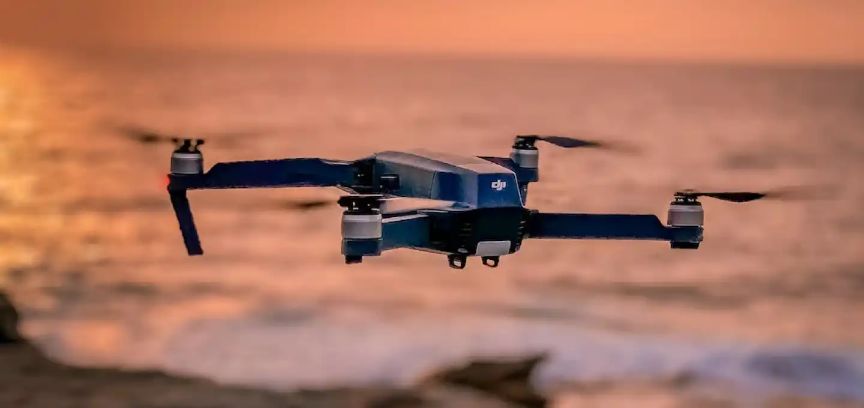Drones Take Flight: Exploring the Future of Aerial Technology
4 min read
15 Aug 2024
The skies are no longer just the domain of birds and airplanes. Drones, also known as unmanned aerial vehicles (UAVs), have taken flight, revolutionizing industries and expanding human capabilities. This article explores the exciting world of aerial technology, from the origins of drones to their current applications and the incredible potential they hold for the future.
A Brief History of Drones
Drones have come a long way since their inception. Initially developed for military purposes, they have evolved into versatile tools with a wide range of applications. Early drones were primarily used for surveillance and reconnaissance, but today, they are found in industries as diverse as agriculture, filmmaking, and healthcare.

Current Applications
Drones have found their place in numerous industries. In agriculture, they're used for precision farming, monitoring crop health, and even planting seeds. Filmmakers use drones to capture breathtaking aerial shots, once only achievable with costly helicopters. Search and rescue teams deploy drones to access hard-to-reach areas quickly, and healthcare professionals are exploring drone-based delivery of medical supplies to remote locations.
Eyes in the Sky: Surveillance and Mapping
Drones have transformed surveillance and mapping. Law enforcement agencies employ drones for crowd monitoring and evidence collection. In the construction industry, drones create accurate 3D maps of construction sites, aiding in project planning and progress tracking. Drones equipped with high-resolution cameras are also used in environmental research to monitor wildlife and track changes in ecosystems.
Delivery Drones: Beyond the Horizon
One of the most promising frontiers for drones is in delivery services. Companies like Amazon and UPS are actively exploring the use of delivery drones to transport packages quickly and efficiently. These drones can reach remote areas or bypass traffic, promising rapid delivery times and reduced environmental impact.
Challenges and Safety
Despite their potential, drones also pose challenges. Privacy concerns arise as drones can capture images and video in public and private spaces. Ensuring the safe integration of drones into airspace, avoiding collisions with manned aircraft, and managing drone traffic are crucial tasks. Additionally, security risks must be addressed to prevent misuse of drone technology.
The Future of Aerial Technology
The future of aerial technology is filled with possibilities. Beyond delivery drones, we can expect the use of drones for urban transportation, transforming how people commute. Drones may play a vital role in disaster response, delivering supplies to affected areas. Moreover, advancements in battery technology and artificial intelligence will lead to longer flight times and more autonomous capabilities.
Conclusion: Soaring to New Heights
Drones have taken flight and are reshaping the world in remarkable ways. From surveillance and mapping to delivery services and beyond, their applications are vast and diverse. As technology continues to evolve, drones will play an increasingly significant role in our lives. The sky is no longer the limit; it's the new frontier for innovation and exploration, and drones are leading the way.


